The African lion is a big cat that can be found in various regions south of the Sahara Desert, usually in shrublands, grasslands, and savannahs.
Scientific name: Panthera leo
Conservation Status: Vulnerable
Lineage: A member of the genus Panthera and the Panthera lineage. Other members of the Panthera lineade include the tiger, leopard and snow leopard.
Meaning of the name: From Anglo-Norman liun from Latin leonem, taken from Ancient Greek leon.
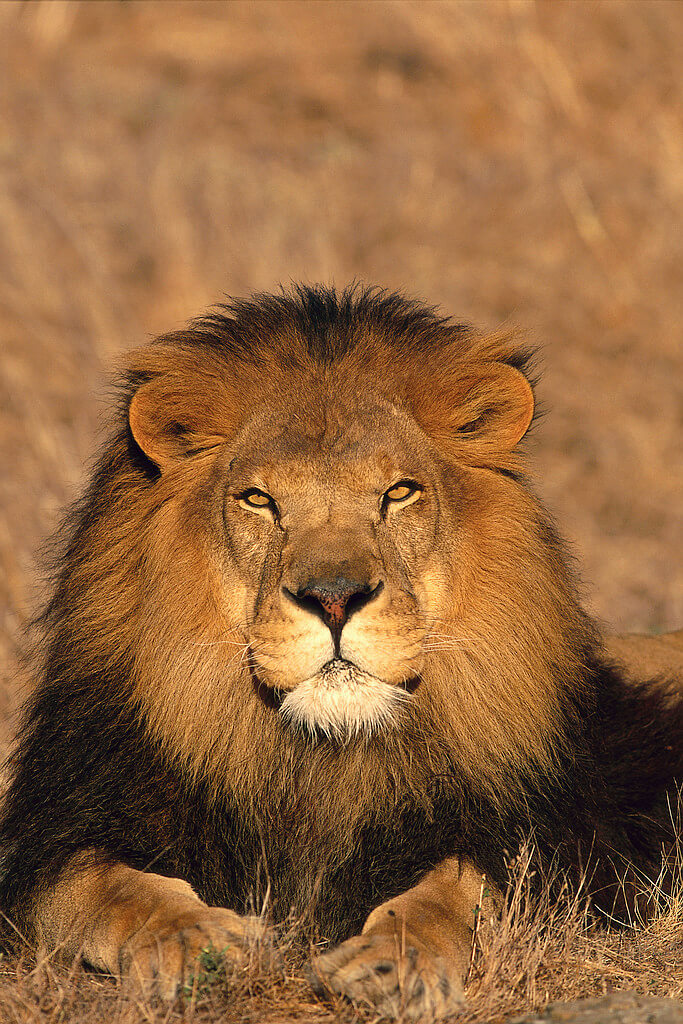
Interesting African Lion Facts
-
African lions are the only big cats that live in social groups called prides, usually with 2–30 members.
-
A lion’s roar can be heard up to 5 miles away, used to communicate or scare off rivals.
-
Male lions can weigh up to 550 pounds, while females are smaller, averaging 265–420 pounds.
-
They can sprint at speeds up to 50 mph but only for short bursts due to low stamina.
More about the African Lion
The African lion is a large carnivore known for its strength and social nature. Found mostly in sub-Saharan Africa, it thrives in savannas and grasslands.
Lions are apex predators, meaning they sit at the top of the food chain, controlling prey populations. Their iconic mane, especially in males, makes them a symbol of power in nature and culture.
They once roamed across Africa, Europe, and Asia, but their range has shrunk due to human activity.
Origins and History
Lions evolved about 1.2 million years ago, with African lions diverging as a subspecies around 200,000 years ago.
Fossils show they once lived in Europe, Asia, and much of Africa.
Ancient humans hunted alongside lions, and some cave paintings from 30,000 years ago depict them. As humans settled and farmed, lion populations declined, pushed out by habitat loss and conflict. Today, African lions are limited to parts of Africa, with small pockets in India (Asiatic lions).
Physical Characteristics
African lions are built for power. Males stand 3.9–4.1 feet tall at the shoulder and measure 5.6–8.2 feet long, excluding the tail. Females are slightly smaller.
Males have a thick mane, which can be blonde, brown, or black, protecting their neck during fights. Their fur is short and tawny, blending into dry grasslands.
Lions have sharp claws (up to 1.5 inches long) and strong jaws with canines that can grow to 3 inches, perfect for killing prey.
| Characteristic | Male African Lion | Female African Lion |
|---|---|---|
| Weight | 265–420 lbs (120–190 kg) | 180–300 lbs (82–136 kg) |
| Body Length | 5.6–8.2 ft (1.7–2.5 m, excluding tail) | 4.6–5.7 ft (1.4–1.75 m, excluding tail) |
| Tail Length | 2.3–3.3 ft (70–100 cm) | 2.3–3.3 ft (70–100 cm) |
| Shoulder Height | 3.9–4.3 ft (1.2–1.3 m) | 3.5–3.9 ft (1.05–1.2 m) |
| Mane | Prominent; varies from light to dark, full mane | Absent or minimal (some females may have slight mane-like tufts) |
| Coat Color | Tawny yellow to reddish-brown | Tawny yellow to reddish-brown |
| Musculature | More robust, especially in shoulders and chest | Leaner, less muscular |
| Head Size | Larger, broader skull | Smaller, narrower skull |
| Canine Teeth | Slightly longer and thicker (up to 3.5 in/9 cm) | Slightly shorter and thinner (up to 3 in/7.6 cm) |
Location & Habitat
African lions live primarily in sub-Saharan Africa, with the largest populations in Tanzania, Kenya, South Africa, and Botswana. They prefer savannas, grasslands, and open woodlands where prey is abundant.
Lions avoid dense forests and deserts but can survive in semi-arid areas if water and food are available.
Protected areas like Serengeti National Park and Kruger National Park are places where you can find a lot of lions (strongholds), though some lions live outside reserves.
Here is a list of 10 parks in Africa where you can find lions:
- Serengeti National Park (Tanzania) – Home to one of the highest lion densities in the world, with over 3,000 lions. Part of the Serengeti-Mara ecosystem, it’s ideal for seeing large prides during the Great Wildebeest Migration (July–October).
- Masai Mara National Reserve (Kenya) – Has 850–950 lions, famous from BBC’s Big Cat Diaries. Large prides roam open savannas, offering excellent sightings during the migration season (June–October).
- Kruger National Park (South Africa)- Home to an estimated 1,620–1,750 lions, the majority of South Africa’s wild lions. The southern and central regions have higher lion densities due to the abundance of prey.
- Sabi Sands Game Reserve (South Africa) – Part of the Greater Kruger ecosystem, known for exceptional Big Five sightings, especially lions. Unfenced boundaries with Kruger ensure healthy prides.
- Timbavati Nature Reserve (South Africa) – Unique for naturally occurring white lions (due to leucism), alongside robust lion prides. Part of Greater Kruger with no fences.
- Ngorongoro Crater (Tanzania) Africa’s highest lion density, supporting about 30,000 animals, including large prides.
- Ruaha National Park (Tanzania) – Home to 10% of the world’s remaining lions (over 1,000), offering secluded sightings with only ~16 visitors daily.
- Okavango Delta (Botswana) – One of the highest lion densities in southern Africa, especially in Moremi Game Reserve. Lions have adapted to water, hunting buffalo in channels.
- Queen Elizabeth National Park (Uganda) – Around 200 lions, with high density in the smaller park. Famous for tree-climbing lions in the Ishasha sector
- Etosha National Park (Namibia) – Over 700 lions roam this park, often seen hunting near waterholes due to sparse vegetation.

South Africa: Kruger National Park
African Lion Behavior
Hunting and Prey
Lions are carnivores, hunting mostly at dawn, dusk, or night when it’s cooler. Females do most of the hunting, working together to take down prey like zebras, wildebeests, and antelopes.
A single lion can eat up to 75 pounds of meat in one sitting.
They use teamwork, with some lions chasing prey toward others waiting to ambush. Lions also scavenge, stealing kills from hyenas or other predators when food is scarce.
Mating and Reproduction
Lions breed year-round, with females giving birth every 1–2 years.
After a 110-day pregnancy, a female leaves the pride to deliver 1–4 cubs in a hidden spot. Cubs are born blind and depend on their mother for 6–8 weeks.
Only about 1 in 5 cubs survives to adulthood due to predators, starvation, or attacks by rival males.
Males compete fiercely for control of a pride, and new leaders may kill existing cubs to bring females back into heat.
Communication
Lions communicate through roars, grunts, growls, and body language.
A roar establishes territory or calls the pride together, audible over long distances. Scent marking, like rubbing their face on grass or spraying urine, signals ownership.
Within prides, lions nuzzle or lick each other to strengthen bonds.
Tail flicks or ear twitches show mood, helping coordinate hunts or avoid fights.
African Lion Conservation
African lions are listed as Vulnerable by the International Union for Conservation of Nature (IUCN). There are an estimated 20,000–25,000 left in the wild.
Their numbers have dropped 43% since the 1990s. Key African lion conservation issues include:
- Habitat Loss: Expanding human populations, agriculture, and infrastructure development reduce the size of areas where lions live. Over 70% of lion range is unprotected, increasing vulnerability.
- Human-Wildlife Conflict: Lions often kill livestock, leading to retaliatory killings.
- Poaching and Illegal Trade: Lions are killed for bones, claws, and other parts used in traditional medicine or as trophies.
- Prey Depletion: Overhunting and habitat degradation reduce prey populations, forcing lions into closer contact with humans, which increases conflict with humans.
- Trophy Hunting: Although regulated in some areas, poorly managed hunting can lead to the depletion of local lion populations.
- Disease: Lions are susceptible to diseases like canine distemper and bovine tuberculosis, often transmitted from domestic animals. Outbreaks can devastate prides.
- Climate Change: Altered rainfall patterns and rising temperatures affect prey and water availability, stressing lion populations and their ecosystems.
African lion conservation efforts include protected parks, community education initiatives, and anti-poaching patrols.
African Lions in Culture
Lions have been cultural icons for thousands of years. In ancient Egypt, they were tied to gods like Sekhmet and the sun god Ra, symbolizing strength. African folktales often cast lions as wise or fearsome, teaching respect for nature. The Maasai once hunted lions to prove bravery. In Europe, lion images adorn royal crests, like England’s, for courage.
In 1897, Henri Rousseau created “The Sleeping Gypsy,” a famous painting depicting a lion near a sleeping African gypsy on a moonlit night.
Modern media, such as Disney’s The Lion King, portrays lions as leaders, maintaining a strong image in global culture.
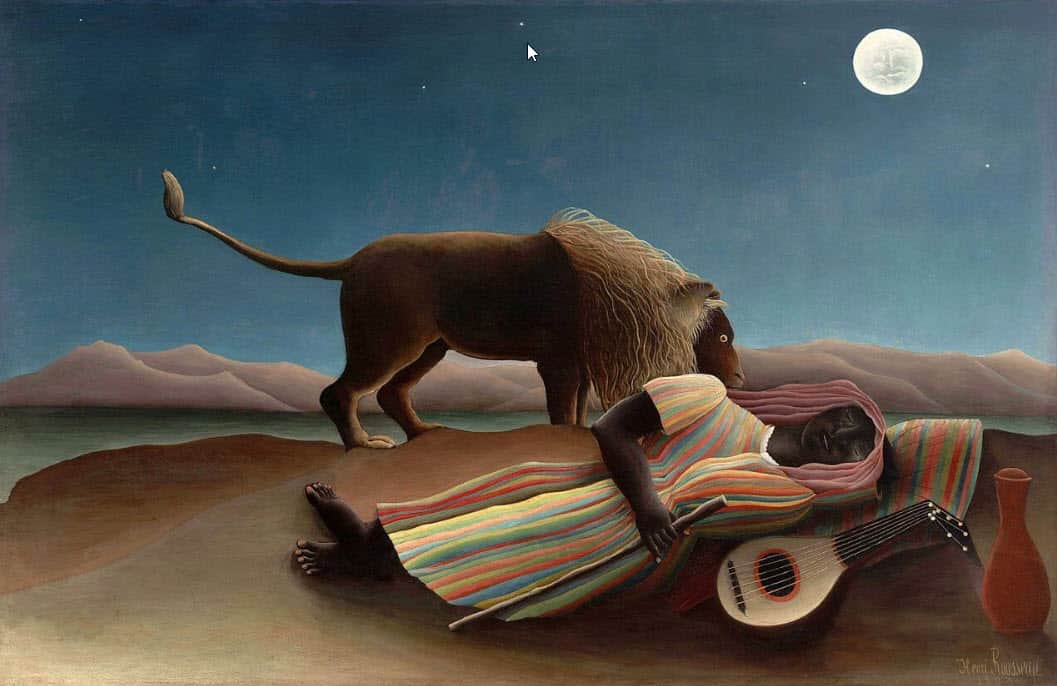
Painting – The Sleeping Gypsy by Henri Rousseau – 1897
Research Quotes
- “The species is in danger of rapid population decline and possible extinction in the near future…it is found that the international legal regime for the African lion is in fact not effective in achieving the protection and survival of the species.” – Protection of the African Lion: A Critical Analysis of the Current International Legal Regime (Def: Legal Regime: A set of rules, principles, and norms that govern a specific area of law or activity. It provides a framework for how legal issues within that area are addressed and decided.)
- “The most important factor for lion habitat selection was the amount of vegetation cover, but its importance varied with the distance to human settlements, season and time of day. Although we noted high levels of individual variation in tolerance for humans, in general lions avoided humans on the landscape and used more cover when closer to humans.” – Coexistence from a lion’s perspective: Movements and habitat selection by African lions (Panthera leo) across a multi-use landscape
References
- National Geographic: Lion – An overview of the African lion.
- Smithsonian’s National Zoo & Conservation Biology Institute: Lion – The lion’s physical characteristics, social behavior and diet.
- IUCN Red List of Threatened Species: Lion – Lion population assessments.
- Panthera: Meet the Lion – Over the African lion, including range, threats and inititiatives.

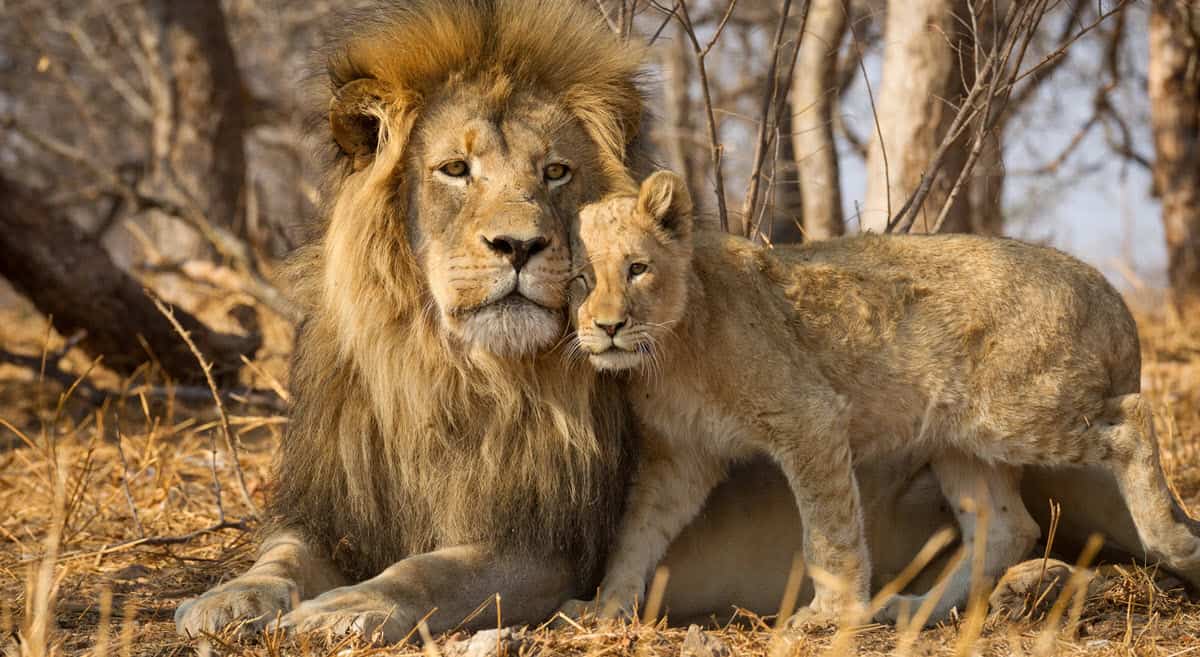
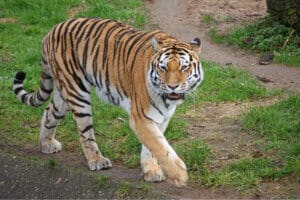
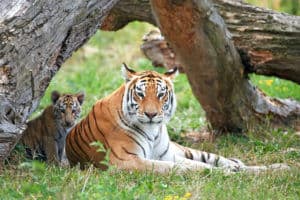
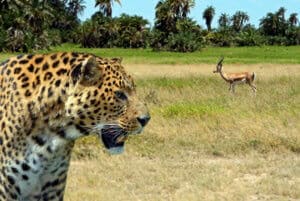

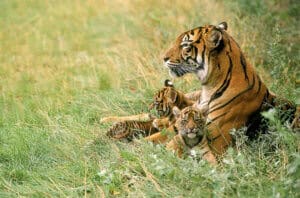
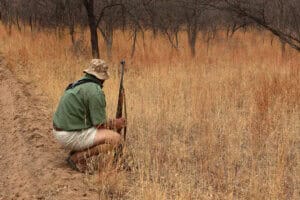
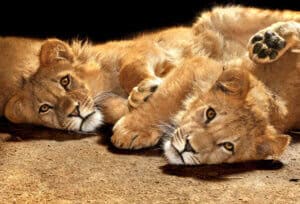
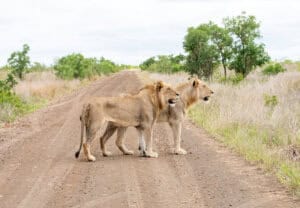


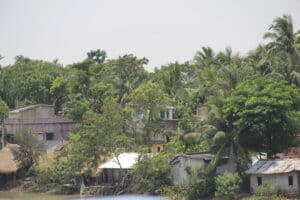
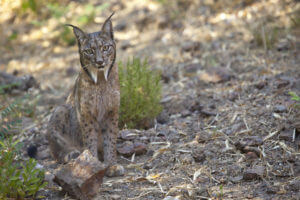
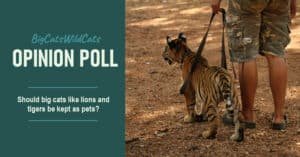
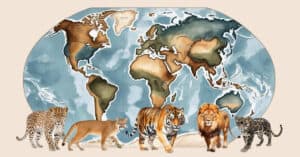
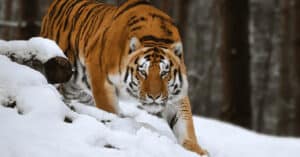
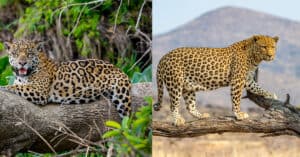
0 Comments